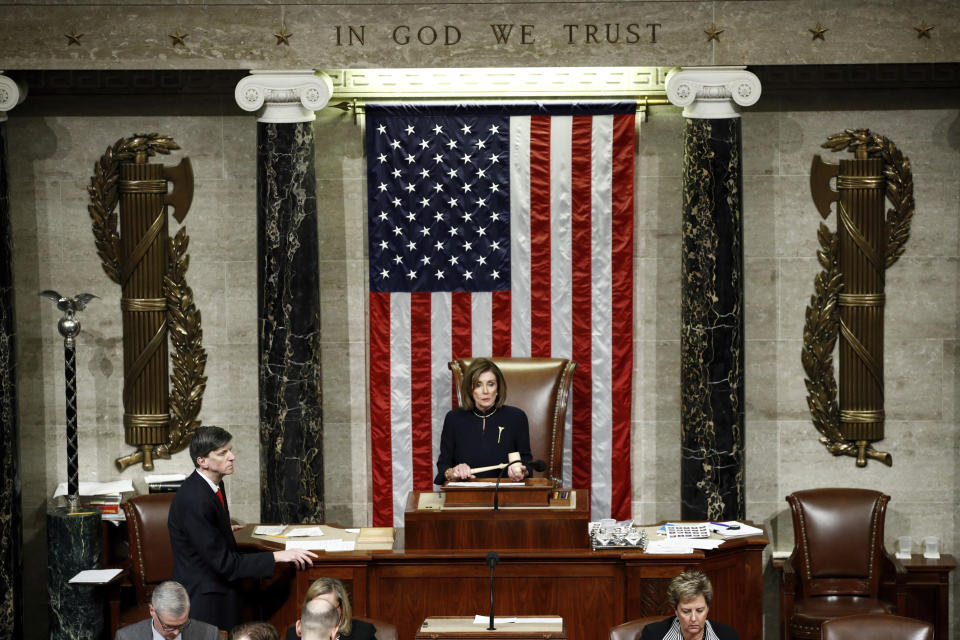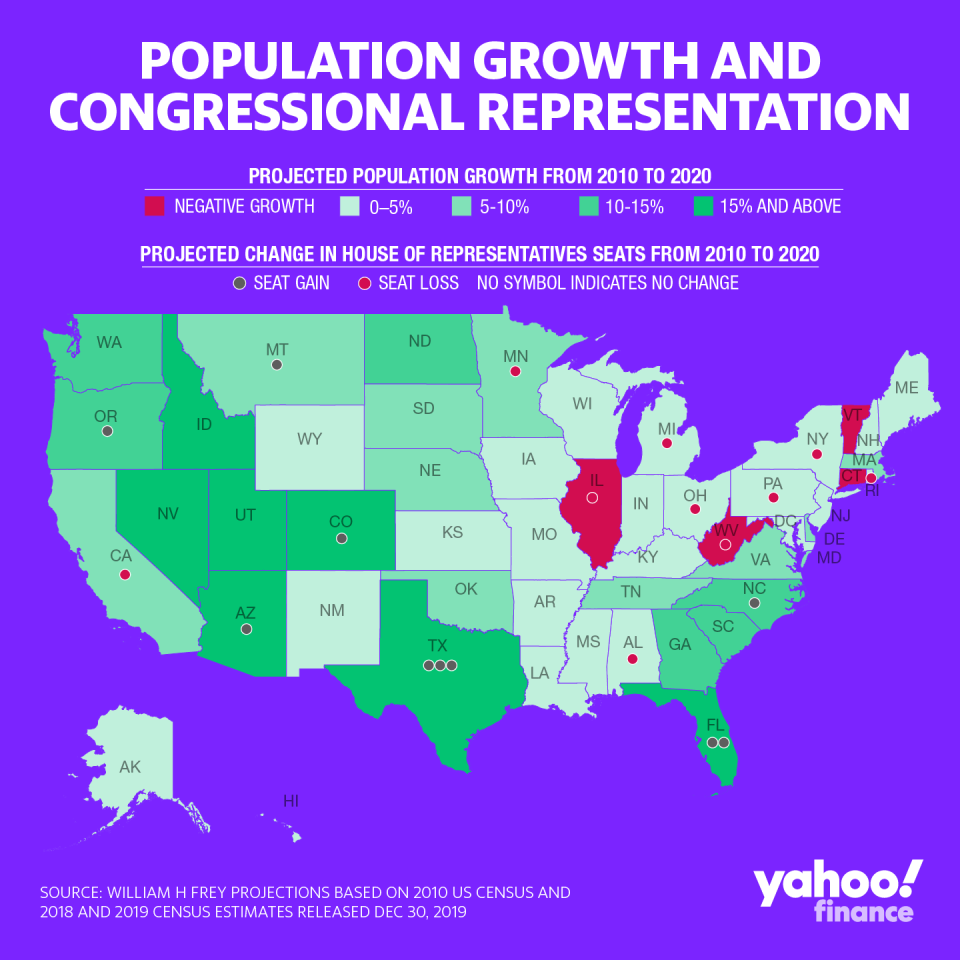How population growth will impact Republicans in the 2024 election
Reliably Republican-voting states like Texas have undergone population changes that could transform the country’s political landscape, according to a new report from the Brookings Institution.
“I think people have been waiting for a long time for Texas to turn from red to blue. It could certainly happen. And if it does happen, then Democrats will have three additional seats in Congress, and three additional votes in the Electoral College,” says Brookings Institution demographer William Frey.
The falling birth rate in the U.S. and increasing number of deaths over the past decade mean that the U.S. had the slowest population growth in history. The projected population growth between 2010 and 2020, is 7.1% – even lower than the 7.3% growth during the period of the Great Depression in the 1930’s.

States such as Vermont, West Virginia, and Illinois are projected to have negative population growth over the past decade. States in the Northeast, including New York, Maine, New Jersey, New Hampshire, as well as Ohio, Michigan, Wisconsin, and Iowa in the Midwest, are projected to see population growth of 0% to 5% from 2010 to 2020.
States seeing the strongest population growth are mainly in the South and West. Florida, Texas, Arizona, and Utah are among the states that have a projected population growth of 15% and above for the past decade, according to Census figures Brookings used in its report. (The 2017 Tax Cuts and Jobs Act likely factored in here too: it lowered the cap on state and local tax deductions and accelerated migration out of high-tax states.)
Population change impact on Congressional reapportionment
The Census, taken every 10 years, is meant to help determine how to apportion members of Congress based on each state’s population. The final numbers will be announced in December 2020. Based on Census projections, Frey estimates that the South and the West will be the big winners in Congressional seats.
Most states in the West are projected to gain seats, except for California which will be losing one seat. Numerous states in the Northeast and Midwest – including New York, Pennsylvania, Ohio, West Virginia, and Illinois – will be losing one seat in Congress.
Texas is projected to gain three seats, the most of any other state, followed by Florida which will be adding two, and North Carolina with one. Montana, Arizona, Oregon, and Colorado are forecast to add one seat each, according to Brookings.

2024 presidential election
Any Congressional reapportionment will surely impact the 2022 midterm elections, as well as the Electoral College – and by extension the 2024 presidential elections. (The number of electors for each state is equal to the number of Congressional representatives and senators they have. The District of Columbia is the exception, having three electors.)
The projected change in representation would seem to favor Republicans. Among the states projected to gain seats, five out of seven voted for President Trump in 2016: Texas, Florida, Montana, Arizona, and North Carolina.
However, Frey says the reverse might happen: the composition of the population growth in red states like Texas, Florida, or Arizona, could, in fact, favor Democrats and turn those states blue. “Part of the reason they’re gaining seats is because the population growth there will be from voting blocs that traditionally don’t vote Republican, like Latinos, like African-Americans, like college-educated white women, who might be moving there from bluer states,” he says.
But there’s a caveat: population changes may also work in favor of Republicans in traditionally blue states that are losing Congressional seats.
“States like Michigan and Ohio and Pennsylvania, and Wisconsin, even in 2016, have turned from a long pattern of voting Democratic to voting Republican,” he says adding “[Since they’re] not gaining a lot of these new Democratic voters and still retaining a lot of these sort of Republican-leaning voters, [they] may [continue as] Republican voting states. I’m not saying that will be the case, but it could be the case based on the demographic shift.”
Behind domestic migration: an improved economy
Frey says the 2009 Great Recession curbed domestic migration in the U.S. At the start of the past decade, “we were still feeling the aftershocks of the recession and the housing bust,” he says.
As the economy gradually began to improve and better job opportunities became available, migration picked up as Americans sought new opportunities in states with lower costs of living. As a result, the population of states like New York and Connecticut shrunk.
For instance, between 2010 and 2013, New York had a population growth ranging from 0.3% to 0.5%. As the economy improved, New York saw negative growth rates from 2015 to 2019.
Meanwhile, states like Texas and North Carolina saw some of the country’s highest influxes over the past year. Texas’s population grew by 1.3% from July 2018 to July 2019, and North Carolina’s grew by 1% over the same time period. Idaho saw 2.1% growth, the highest rate of any state over the past year, according to Brookings.
More from Sibile:
‘We squandered a major economic recovery’: Harvard professor
New ‘Top Gun’ will be good for Paramount but ‘doesn’t change the narrative’
‘Millennials are spending more on almost every vice,’ survey finds
Wilbur Ross and Ivanka Trump tout women’s prison program that teaches coding
